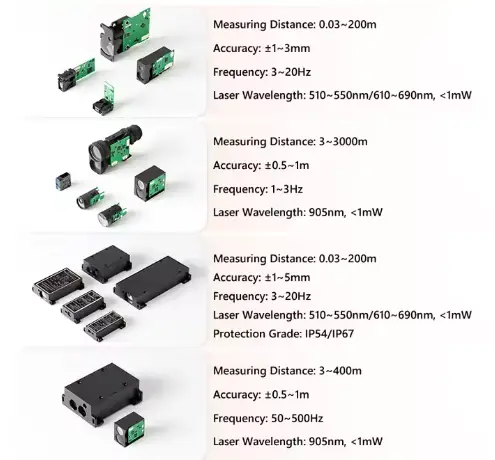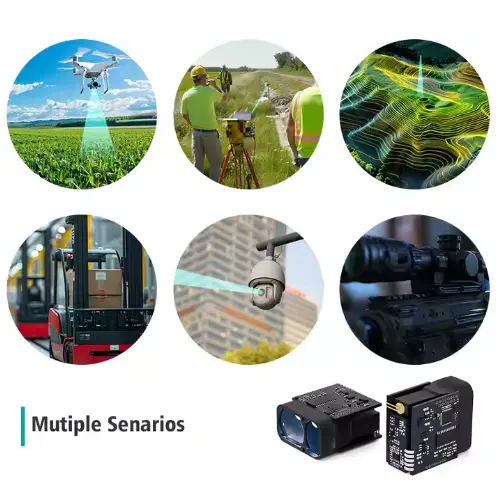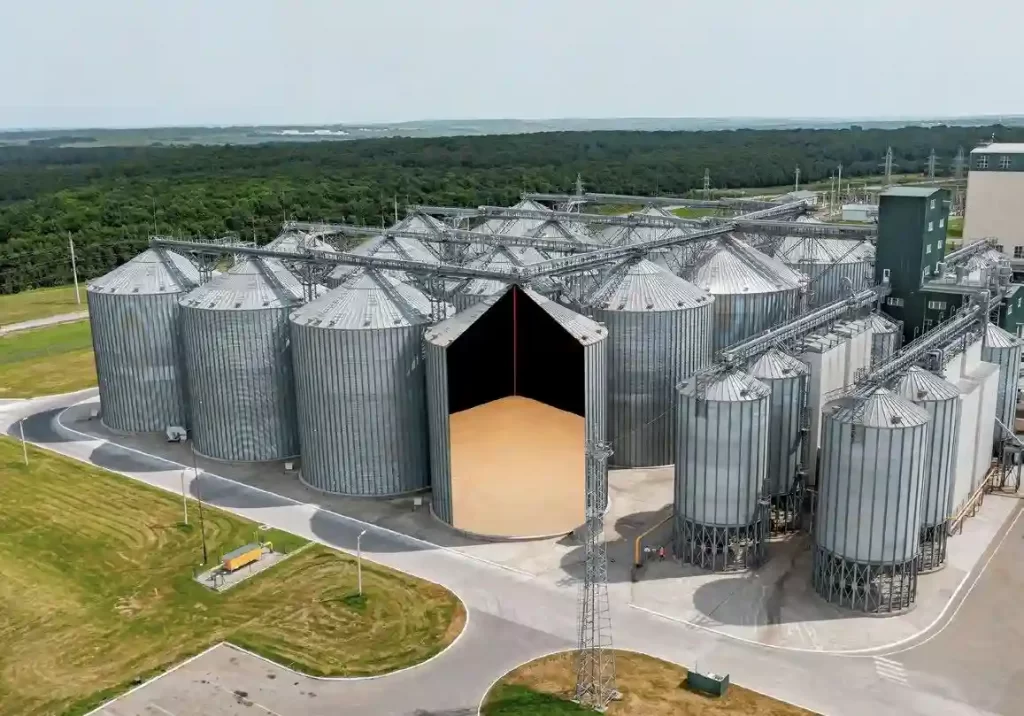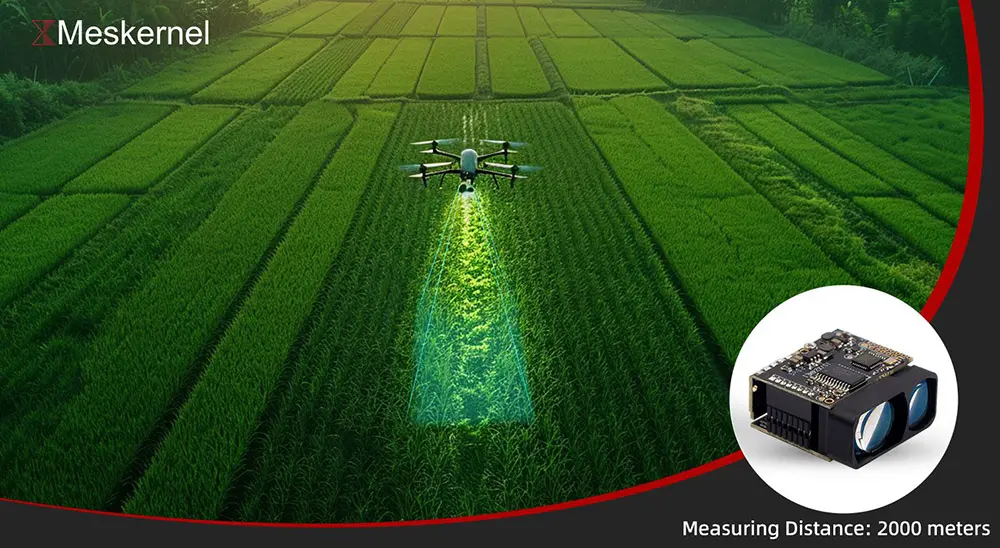Distance du laser sensors are essential tools in industries such as construction, robotics, manufacturing, and arpentage. Their ability to provide non-contact, precise measurements saves time and ensures accuracy in demanding projects. However, many users fall into common laser capteur de distance mistakes that lead to unreliable results, wasted resources, and even project delays.
In this article, we will cover the top 10 capteur de distance laser mistakes to avoid and provide expert tips to ensure your measurements remain consistent and accurate.
1. Ignoring Sensor Calibration
One of the most frequent laser distance sensor mistakes is neglecting calibration. Skipping calibration causes small errors to accumulate, which peut lead to significant inaccuracies in large-scale projects. Establish a regular calibration schedule to maintain peak accuracy.
2. Using the Sensor in Extreme Temperatures
Another critical laser distance sensor mistake is exposing the device to extreme heat or cold. Sensors are designed to operate within specific temperature ranges. Failure to respect these limits reduces accuracy and may damage the device permanently.
3. Misaligning the Laser Beam
Misalignment is one of the easiest laser distance sensor mistakes to make. If the beam is not perpendicular to the target surface, the sensor calculates an incorrect distance. Always ensure proper alignment using a stable mount or tripod.
4. Failing to Consider Surface Reflectivity
Surface properties play a major role in accuracy. Highly reflective or very dark surfaces can distort the laser signal. This laser distance sensor mistake is common in construction and industrial environments. The solution is to use a reflective plate or choose a sensor with compensation features.
5. Ignoring Sensor Range Limitations
Every sensor has an operating range. A frequent laser distance sensor mistake is using the device outside of this range—either too close or too far. Always select a sensor model that matches your application’s distance requirements.
6. Neglecting Environmental Interference
Dust, rain, fog, and direct sunlight can all interfere with a laser’s accuracy. This type of laser distance sensor mistake is often overlooked when devices are used outdoors. Protective housings and optique filters can reduce these effects significantly.
7. Improper Mounting or Positioning
Unstable mounting leads to unstable results. A shaky tripod or a vibrating machine surface will introduce errors. Avoid this laser distance sensor mistake by using solid mounts or shock-absorbing brackets for reliable performance.
8. Overlooking Data Logging or Software Errors
Even if your sensor is accurate, data errors may occur in the software. A hidden laser distance sensor mistake is ignoring software setup or communication issues, leading to corrupted logs. Always validate software configurations and keep firmware updated.
9. Skipping Sensor Maintenance
Dusty lenses or dirty housing can reduce sensor accuracy by blocking the laser beam. Many users make this laser distance sensor mistake by failing to perform routine cleaning. Wipe the lens with a microfiber cloth regularly and avoid abrasive cleaners.
10. Using the Wrong Sensor for the Application
Not all sensors are designed for the same purpose. A common laser distance sensor mistake is choosing a low-cost model for demanding industrial tasks. Always evaluate specifications such as range, accuracy, and environmental tolerance before purchasing.
Additional Tips to Avoid Laser Distance Sensor Mistakes
- Train your team properly: Many laser distance sensor mistakes occur simply because operators lack training. Provide clear usage instructions.
- Document measurement procedures: Consistency prevents human error and reduces repeat mistakes.
- Use the right accessories: Reflective targets, mounts, and protective housings minimize measurement problems.
- Monitor accuracy over time: Tracking performance helps detect early warning signs of sensor degradation.




FAQs About Laser Distance Sensor Mistakes
Q1: What is the most common laser distance sensor mistake?
The most common laser distance sensor mistake is failing to calibrate the sensor regularly, which causes measurement errors.
Q2: Can laser distance sensor mistakes affect industrial automation?
Yes. Even small laser distance sensor mistakes in automated production lines can lead to product defects, wasted materials, and downtime.
Q3: Do laser distance sensor mistakes happen outdoors more often?
They do. Outdoor conditions like dust and sunlight make laser distance sensor mistakes more frequent. Using outdoor-rated models reduces these risks.
Q4: Do laser distance sensors work on all surfaces?
They struggle with highly reflective or extremely dark surfaces. Using a reflective target or a sensor with surface compensation can solve this issue.
Q5: How can I prevent errors when using a laser distance sensor?
Ensure proper calibration, stable mounting, correct sensor selection, and regular maintenance. Protect the sensor from extreme environments for best performance.
Avoiding these capteur de distance laser mistakes can save time, reduce costly errors, and extend the lifespan of your equipment. By calibrating regularly, considering environmental factors, and choosing the right sensor for the job, you can achieve highly accurate and consistent measurements.
Au Meskernel, we provide a wide range of industrial Détecteurs de distance à laser designed for precision and durability. Explore our products to find the right sensor for your application.
👉 Check our full range of industrial laser distance sensors